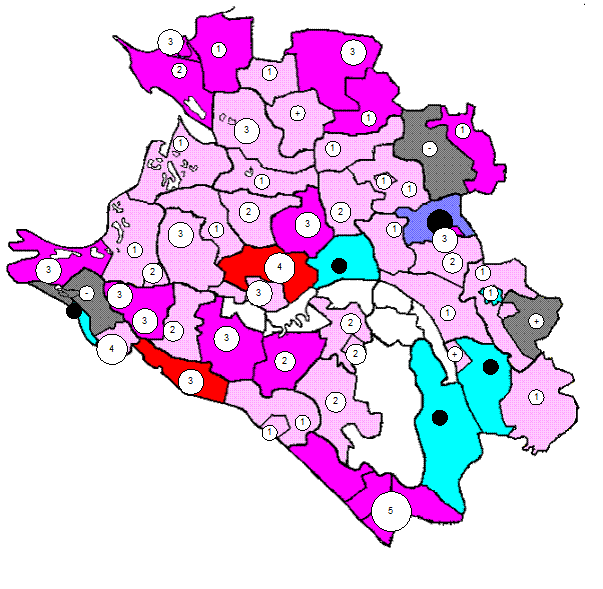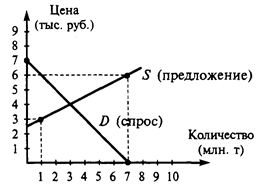THE EUROPEAN COMMISSION FOR THE EFFICIENCY OF JUSTICE
The European Commission for the Efficiency of Justice 1 (CEPEJ) was established on 18 September 2002 with Resolution of the Committee of Ministers2 of the Council of Europe. CEPEJ is a judicial body, composed of experts from all the 47 member States of the Council of Europe and assisted by a Secretariat. Functioning of the Commission is governed by its Statute. The aim of the CEPEJ is to prepare tools for the improvement of the efficiency and functioning of justice in Europe. Among its objectives is also the development of the implementation of the instruments adopted by the Council of Europe to this end. Thus CEPEJ, as a body of the Council of Europe, works to improve the efficiency of the justice system in Member States. Its tasks are the following: · to analyze the results of the judicial systems; · to identify the difficulties they meet; · to define concrete ways to improve, on the one hand, the evaluation of their results, and, on the other hand, the functioning of these systems; · to provide assistance to member States, at their request; · to propose to the competent instances of the Council of Europe the fields where it would be desirable to elaborate a new legal instrument. In order to carry out these different tasks, the CEPEJ prepares benchmarks, collects and analyses data, defines instruments of measure and means of evaluation, adopts documents (reports, advices, guidelines, action plans, etc.); it also develops contacts with qualified personalities, non-governmental organizations, research institutes and information centres, organizes hearings, promotes networks of legal professionals. On 5 June 2003 the Ministers’ Deputies of the Council of Europe3 decided to launch, jointly with the European Commission, a European Day of Civil Justice which will be held on 25 October every year. The Committee of Ministers instructed, for the Council of Europe4, the European Commission for the Efficiency of Justice (CEPEJ) to coordinate the activities organized in that framework. The European Day of Civil Justice aims to bring civil justice closer to the citizens. Governments, national jurisdictions and all participants in the judiciary are invited to participate in that Day and organize events in order to allow European citizens to understand better how justice works and the means used for enforcing their rights. In the framework of the European Day of Civil Justice, a European prize for innovative practice in civil justice organization and procedure, called “Crystal Scales of Justice”5 will be awarded. This prize is given every two years. The CEPEJ also grants observer status to and consultations with non-governmental organizations outside of Europe. As an observer to the CEPEJ, one joins key legal reform actors, including the World Bank, the Council of Bars and Law Societies of Europe, and the European Association of Judges. The creation of the CEPEJ demonstrates the will of the Council of Europe to promote the Rule of Law and Fundamental Rights in Europe, on the basis of the European Convention on Human Rights, and especially its Articles 5 (Right to liberty and security), 6 (Right to a fair trial), 13 (Right to an effective remedy), 14 (Prohibition of discrimination). The Council of Europe has initiated a reflexion on efficiency of justice and adopted Recommendations which contain ways to ensure both its fairness and efficiency. The establishment of CEPEJ, which is ensured by the Directorate General of Legal Affairs (DG I), shows the intention of the Council of Europe not only to elaborate international legal instruments but also to promote a precise knowledge of the judicial systems in Europe and of the different existing tools which enables it to identify any difficulties and facilitate their solution. The CEPEJ will have, among other duties, the task of continuing the on-going reflexion about the potential offered by new information technologies (IT) to improve the efficiency of justice. II. DEVELOPMENT
|




